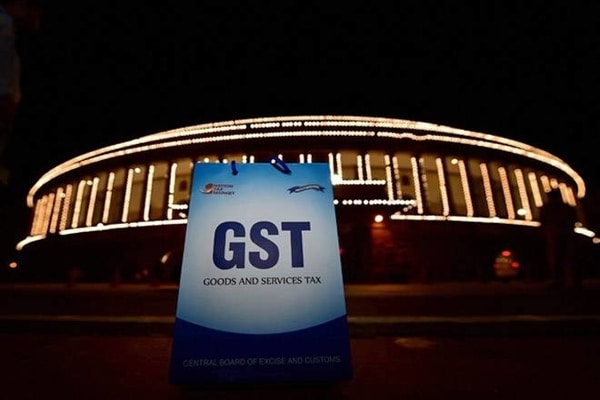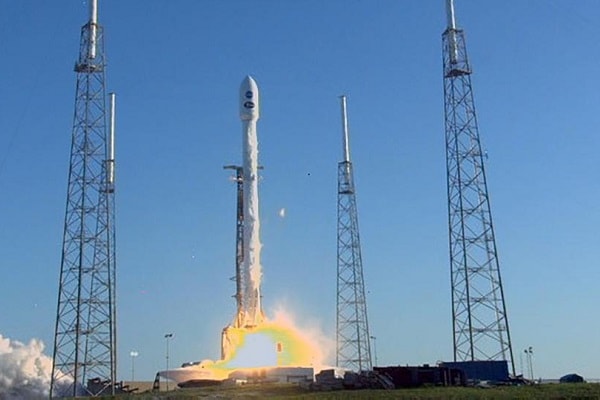When buying an insurance policy, it’s important to look at the various costs. Apart from the costs specific to insurance such as mortality cost, you also need to pay goods and services tax (GST). However, you may not find this information displayed prominently in advertisements.
HIGHLIGHTS:
- GST of 18% is charged on term policies, which are the cheapest form of insurance as they only carry the mortality cost
- In the case of traditional policies, which bundle insurance and investment, GST is levied at 4.5% on the first-year premium and 2.25% on premiums for subsequent years
Different rates:
Different rates of GST are applicable to different types of life insurance policies.

GST of 18% is charged on term policies, which are the cheapest form of insurance as they only carry the mortality cost. So, if your annual premium for a term plan is ₹5,000, know that ₹900 of this is going towards GST. If you have opted for an add-on such as an accidental death benefit (for additional payout in case of death due to an accident), you will have to pay GST of 18% on the additional premium charged for the rider.
The GST rate for unit-linked insurance plans (Ulips) is 18% as well and it applies to all the cost heads, including the premium and fund management charges. Your Ulip premium partly goes towards insurance and partly towards investment. GST is not charged on the money invested net of costs.
In the case of traditional policies, which bundle insurance and investment, GST is levied at 4.5% on the first-year premium and 2.25% on premiums for subsequent years. So, out of an annual premium of ₹10,000, ₹450 will go towards GST in the first year and ₹225 in subsequent years.
In case of insurance pension plans or annuities, where you pay a lump sum and receive an annual income in return, GST of 1.8% is applicable. In this case, if you pay a lump sum of ₹10 lakh to get an annual income of ₹80,000, the GST component of the purchase cost will be ₹18,000
How this compares:
With mutual funds: Though mutual funds also charge GST, it comes under the overall cap of expense ratios stipulated by the Securities and Exchange Board of India. For instance, the cap for equity funds is 2.25%. Also, MFs’ lower-cost structure reduces the cascading effect of GST—since the tax is a percentage of the costs, the lower the costs, lower is the GST.
With National Pension System (NPS): NPS also charges GST but given the extremely low caps (fund manager fees is at 0.01%), the effect is marginal. Also, if you buy annuity under NPS, which is typically done after maturity, there is no GST deduction, unlike in insurance plans.
You must consider GST costs, particularly in policies that have an investment component. Remember, this cost will weigh down your returns












